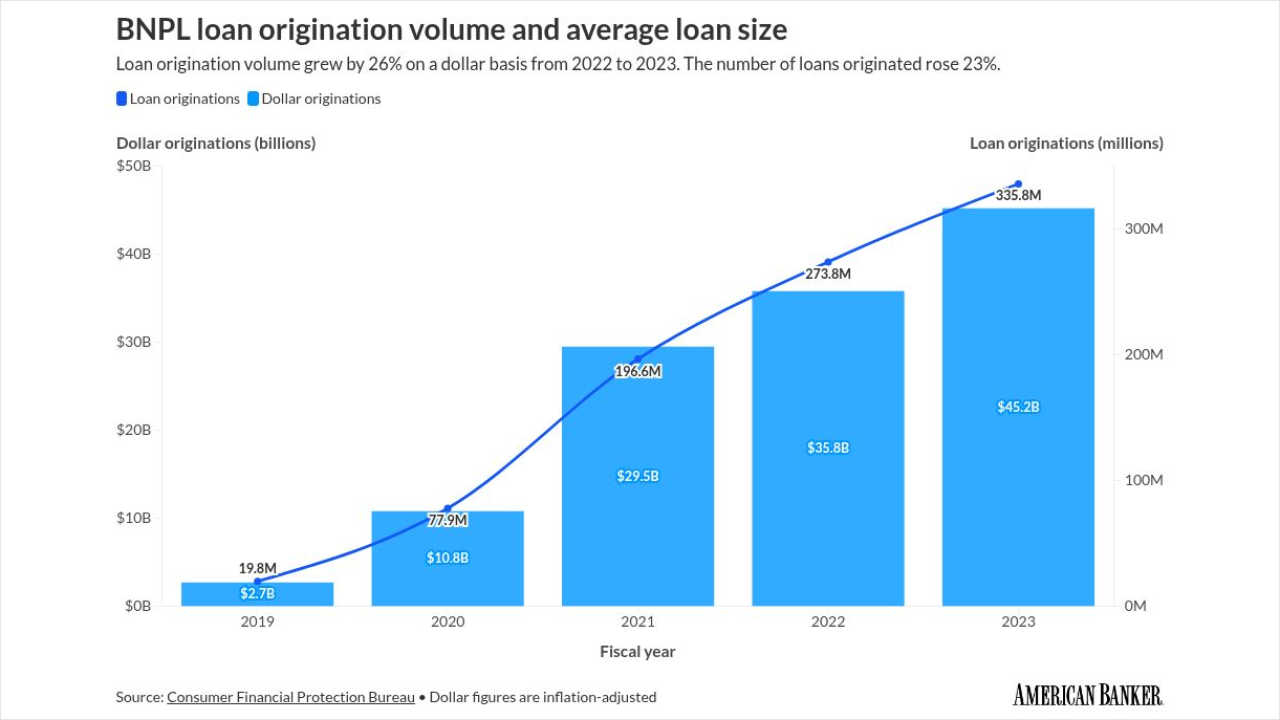The Supreme Court ruled on Monday that the single-director structure of the Consumer Financial Protection Bureau is unconstitutional, but stopped short of disbanding the agency altogether or invalidating the Dodd-Frank Act that created it.
In a split 5-4 decision written by Chief Justice John Roberts, the high court found that the agency's structure vests too much power in the hands of one person, and that the president has broad authority to appoint and remove agency heads. The ruling, which gives a sitting president the ability to fire a CFPB director without cause, has far-reaching implications for other independent agencies with single-director structures such as the Federal Housing Finance Agency.
"The CFPB’s single-Director structure contravenes this carefully calibrated system by vesting significant governmental power in the hands of a single individual who is neither elected by the people nor meaningfully controlled (through the threat of removal) by someone who is," Roberts wrote.
The ruling eliminates the so-called “for cause” provision in Dodd-Frank but keeps the rest of the law and the agency intact. There is no impact on its past nine years of rulemakings, decisions and enforcement actions.

Roberts wrote: "The CFPB’s structure has no foothold in history or tradition. We therefore hold that the structure of the CFPB violates the separation of powers. We go on to hold that the CFPB Director’s removal protection is severable from the other statutory provisions bearing on the CFPB’s authority. The agency may therefore continue to operate, but its Director, in light of our decision, must be removable by the President at will."
The ruling could have far-reaching implications for dozens of agencies including the FHFA. It also means that CFPB Director Kathy Kraninger can be fired at any time by the president.
The high court’s decision could also shine a new light on agencies overseen by boards or commissions that are structured with some measure of independence from the president, particularly the Federal Reserve, whose members are appointed to 14-year terms and are not removable by the president except for cause.





